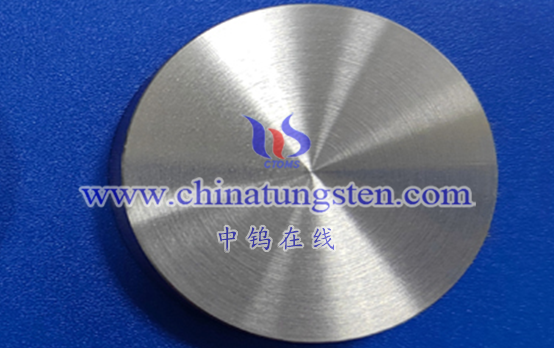
In the electronics industry, tungsten-molybdenum-copper alloy may be more suitable than tungsten-molybdenum-nickel-iron alloy. This is mainly because tungsten-molybdenum-copper alloy has good electrical and thermal conductivity properties, which are some key requirements in the electronics industry.
Specifically, the high electrical conductivity of tungsten-molybdenum-copper alloy enables it to efficiently transmit electric current and reduce resistance and heat generation, thereby improving the efficiency and reliability of electronic devices. In addition, its excellent thermal conductivity helps the heat generated by electronic equipment during operation to be dissipated in time to prevent equipment damage due to overheating.
In contrast, although tungsten-molybdenum-nickel-iron alloy also has some excellent properties, such as high strength, high hardness and good thermal stability, it may not be as good as tungsten-molybdenum-copper alloy in terms of electrical conductivity and thermal conductivity.
Therefore, in the electronics industry, tungsten-molybdenum-copper alloy may be more suitable for manufacturing electronic devices and components that require good electrical and thermal conductivity properties, such as integrated circuit packaging bases, heat sinks, and thermal modules. However, the final choice needs to be determined based on specific application needs and performance requirements.
More details of tungsten alloy product, please visit website: http://tungsten-alloy.com/
Please contact CHINATUNGSTEN for inquiry and order of tungsten alloy:
Email: sales@chinatungsten.com
Tel.: 86 592 5129595







